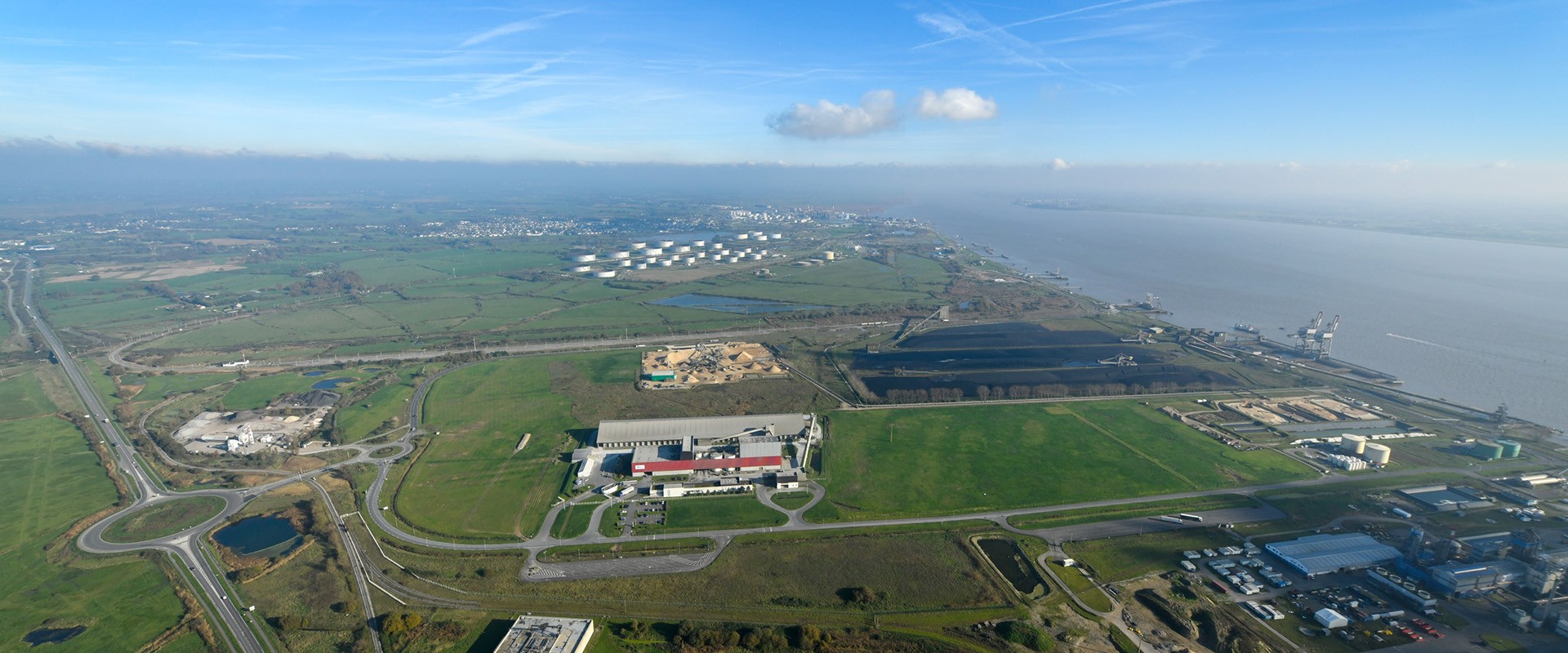
Informed Dialogue about Decarbonizing the Nantes ‒ Saint Nazaire Industrial and Port Activity Zone
On the initiative of Nantes ‒ Saint Nazaire Port and environmental interest group FNE Pays de la Loire, an information and discussion meeting was held at the end of September with environmental associations and local residents regarding the major industrial projects forming part of the efforts to decarbonize the Nantes ‒ Saint Nazaire Port Authority area.
The session opened with a presentation of the Loire Estuary Decarbonization initiative. With support from Central Government via the France 2030 programme and the Low-Carbon Industrial Zones programme led by the French National Agency for Energy Transition (ADEME), a group of industrial and public stakeholders has launched some twenty projects aimed at decarbonizing the Nantes ‒ Saint Nazaire industrial and port activity zone by 2050.
The current study relating to water resource management and the study focussing on regional decarbonization pathways formed the subject of a specific update.
Transmission system operator RTE then presented its plan to adapt the electricity grid to the actual needs of industrial firms in the zone, which are expected to increase by around 1 GW in 10 to 15 years.
Heidelberg Materials, Lafarge, Lhoist, Natran and Elengy explained the GOCO2 project, which aims to capture unavoidable CO2 from three major industrial sites in Greater Western France, in addition to the decarbonization actions already underway, and then create the infrastructure to transport the CO2 so that it can be utilized by emerging industries (Take Kair, Green Coast) or to liquefy the CO2 so that it can be transported by sea to geological storage sites.
The Green Coast project aims to produce e-fuel for maritime transport by combining the expertise of Lhyfe, which specializes in the production of green hydrogen, and Elyse Energy, a specialist in e-methanol production.
Led by Hynamics, a subsidiary of EDF, Take Kair is a project to build a groundbreaking facility producing e-kerosene to help to decarbonize air transport.
Nantes ‒ Saint Nazaire Port then talked about the ongoing development of its Natural Heritage Blueprint covering the entire estuarine port area, namely 1 177 hectares of natural spaces.
There were many questions and exchanges, both of a technical nature about processes and risks, and societal in character about the sincerity and end purpose of the approach, the effects on the environment, and studies to "avoid-reduce-compensate". A comprehensive overview of all the industrial projects in the zone is requested and will be shared at a further meeting in 2026.